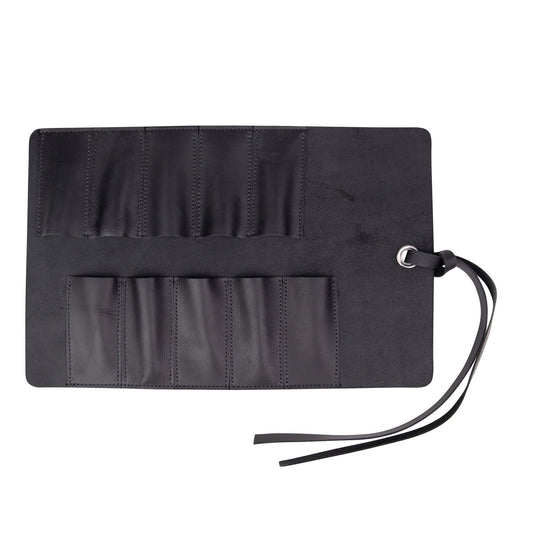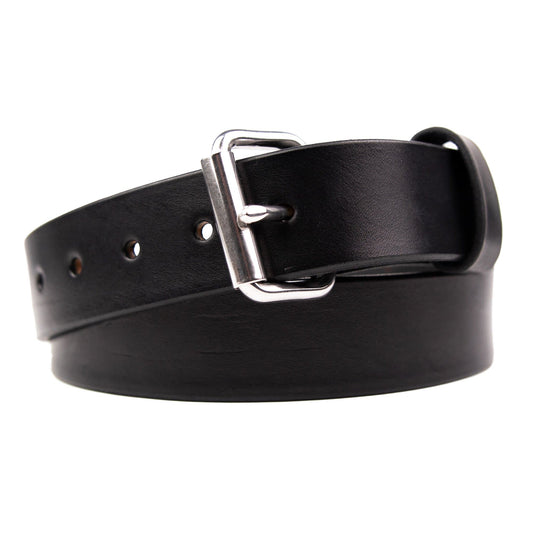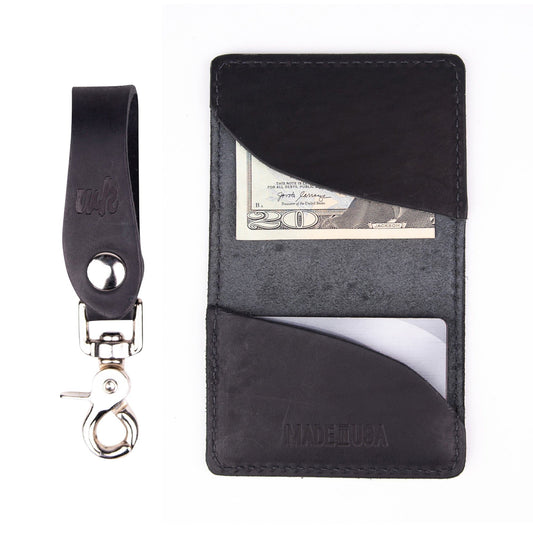Since tractors have been used in agriculture, farmers have felt the need to display their prowess by showing their neighbors they possessed the most effective means possible to plow their fields.
As time and technology progressed, the need to show that same display of power did not diminish. Tractor pulling is the only motorsport in the world that is not centered around the speed at which a vehicle moves down the track, but rather around who can pull the most weight the furthest. Today, tractor pulling is considered the most powerful motorsport, period.

Like tractor pulling, truck pulling is also a well-respected motorsport where mighty trucks battle it out to see whose truck packs the most power.
These two motorsports have an exciting history that dates back officially for the better part of a century. Both categories show signs of continuing to add to that history for a long time.
“Pull on Sunday, plow on Monday”
While people have been dabbling with tractor pulling since the tools were used on farms, it wasn’t until the 1920s that the first real tractor pull event was held in Bowling Green, Missouri. Event organizers didn’t take long to catch on to the fact that these gatherings brought noise, smoke, and a healthy crowd.

Though the participants in tractor pulls enjoyed cutting loose and showing just whose tractor had the most power, they also tended to be hardworking, salt-of-the-earth farmers. Their motto for using their farming equipment for recreation was, “pull on Sunday, plow on Monday.”
By the 1950s, tractor pulls had grown in popularity throughout the country, and they could be found across the nation on virtually any given weekend.
The initial ins and outs
In their early days, there was no governing body to sanction tractor pulls; therefore, the events were not regulated, leaving participants and event organizers to their own devices in many ways.

Because there was no governing body, there were no firm, set rules. The rules varied from state to state, county to county, and event to event, and this made things difficult for participants because they never knew what “rules” to follow.
Initially, it was difficult for a clear winner to be named at a pull. Contestants dragged a sled containing a set amount of weight, but this soon proved not to give an accurate depiction of which tractor possessed the most power, as multiple tractors might pull the same amount the same distance.
In trying to find a way to gradually add weight to the sled as it moved down the make-shift track, organizers decided to station fans at designated spots on the track and have them jump onto the sled as it passed them. By doing this, the driver whose tractor could pull the most weight was genuinely able to show his machine’s prowess.

This method, however, did not account for the safety of the spectators, who were all too eager to participate. Often, tractors would rear up mid-pull in response to the strain of the weight they dragged. This left the door open for fans to be injured in countless ways, including being flung from the sled or the tractor falling on them.
Even if they were not participating in adding weight to the sled, the fact that fans were allowed to be within feet of the tracks while the pulls were taking place left them in danger as well.
Thankfully, in 1969, the sport became regulated by the National Tractor Pullers Association (NTPA), making it safer for all those involved.

Gotta keep ‘em regulated
Once the NTPA came on the scene, many changes were quickly implemented in the name of safety. Some of those changes included:
● A protective barrier was to be placed between track and spectators, in addition to making sure they remained a safe distance from the track during the event
● Drivers had to wear safety / protective gear
● Safety devices had to be added to tractors
● Safety measures were implemented for sled operators
Additionally, the NTPA laid out standard tractor pull rules in hopes of making things more uniform across the board for participants regardless of where the event occurred.

Many different categories were created to accommodate tractors of virtually all performance abilities and make the contests fair amongst competitors.
The size of the tracks was regulated to a width of 30 feet and a length of 320 feet.
Standard sleds were modified to alleviate the need to add weight for the tractors to pull while progressing down the course. They contained a box filled with the prescribed weight necessary for the participant’s category. As the tractor advances down the track, the box moves forward through the power of a winching device. As the weight moves forward, this causes the tractor to eventually lose traction and momentum, eventually causing it to no longer be able to pull the load.

The winner is determined by which tractor is able to pull the load the farthest down the track. While it’s unusual, if two or more tractors can make it the entire course length, weight is added to their sled, and they will have a pull-off to determine the winner.
Adding to the family
In 1983, trucks were officially added to the pulling lineup. They can compete in either the Two-Wheel-Drive or Four-Wheel-Drive categories.
It was not long before companies noticed the tremendous number of fans that would pour into arenas to watch these exciting events. Ford Motor Company became one of the sport’s first official sponsors in hopes of increasing truck sales to loyal truck pull fans.

Modern marvels
Today, tractor pulls have advanced so far beyond their origins that the competing machines, for the most part, do not even show a remote resemblance to their ancestors, as they are more akin to hotrods in appearance.
Many competitors have abandoned the idea of “souping up” regular tractor engines in favor of modifying military-grade or aircraft engines in order to make their tractors pull at maximum capacity. It is amazing to note that horses powered the original tractors used in pulls, then engines that touted 50 hp. Today’s tractors can sport upwards of an astounding 5,000 hp.
What a powerful history!

The real monsters of motorsports
The history of tractor and truck pulls continues to build momentum, making them some of the most interesting and unusual sports in motorsports history.
From humble roots where animals pulled them to being dragged by engines that could fly, tractor pulls continue giving their fans the loud, heart-pounding excitement they have come to expect for the better part of a century.





